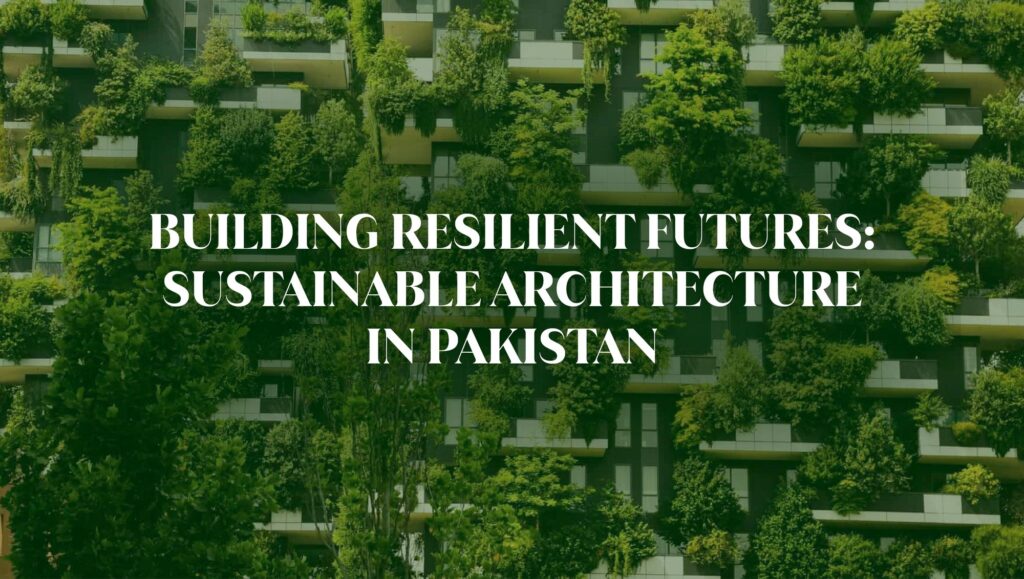
Building Resilient Futures: Sustainable Architecture In Pakistan
In the face of climate change, urbanization, and growing environmental concerns, the world is witnessing a paradigm shift in architecture. The pursuit of sustainable and resilient architecture is no longer a choice but a necessity. Pakistan, with its unique geographical challenges and a rapidly expanding urban landscape, stands to benefit significantly from embracing this transformative approach to building design and construction.

Sustainability and Resilience Defined
In the face of climate change, urbanization, and growing environmental concerns, the world is witnessing a paradigm shift in architecture. The pursuit of sustainable and resilient architecture is no longer a choice but a necessity. Pakistan, with its unique geographical challenges and a rapidly expanding urban landscape, stands to benefit significantly from embracing this transformative approach to building design and construction.
Sustainability and Resilience Defined
Before we delve into the specific implications for Pakistan, let’s clarify what we mean by sustainable and resilient architecture:
- Sustainability: Sustainable architecture focuses on minimizing environmental impact by reducing resource consumption, optimizing energy efficiency, and utilizing eco-friendly materials. It aims to create buildings that coexist harmoniously with nature.
- Resilience: Resilient architecture, on the other hand, is designed to withstand and recover from extreme events, such as earthquakes, floods, and hurricanes. It emphasizes the importance of structural integrity and adaptability in the face of adversity.
The Pakistani Context
Pakistan faces a unique set of challenges, including frequent seismic activity, water scarcity, and the urban heat island effect. Sustainable resilient architecture can offer innovative solutions to address these issues:
Earthquake-Resistant Structures: Pakistan is situated in a seismically active region, making earthquake-resistant design a priority. Engineers and architects are adopting techniques such as base isolators and flexible materials to enhance structural resilience.
Water Management: Sustainable architecture in Pakistan places a strong emphasis on water management. Rainwater harvesting systems, wastewater treatment, and efficient irrigation methods help conserve water resources in an increasingly water-scarce environment.
Energy Efficiency: With rising energy demands, energy-efficient buildings powered by renewable sources are gaining traction. Solar panels, wind turbines, and passive design techniques help reduce the burden on Pakistan’s energy grid.
Urban Greenery: Pakistan’s urban centers often suffer from the urban heat island effect. Sustainable architects are integrating green spaces, vertical gardens, and reflective materials to mitigate heat and improve air quality.
SAFETY AND ECONOMY THROUGH INNOVATIVE DESIGN
Case Studies from Pakistan
Several noteworthy examples highlight the successful integration of sustainable resilient architecture in Pakistan:
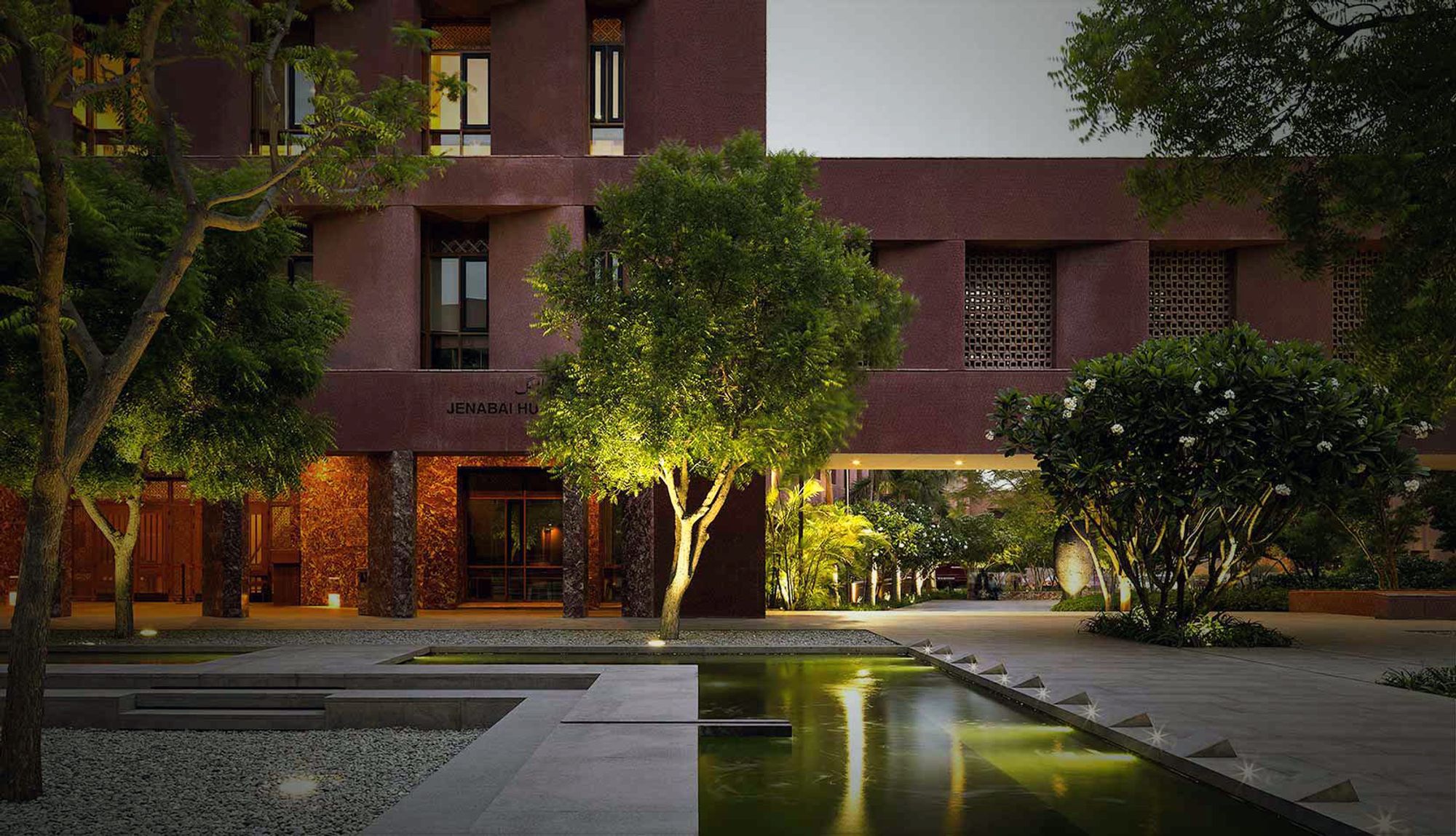
Aga Khan Hospital Expansion, Karachi:
This project incorporates advanced seismic engineering and sustainable design principles to ensure hospital's continued operation even during earthquakes.
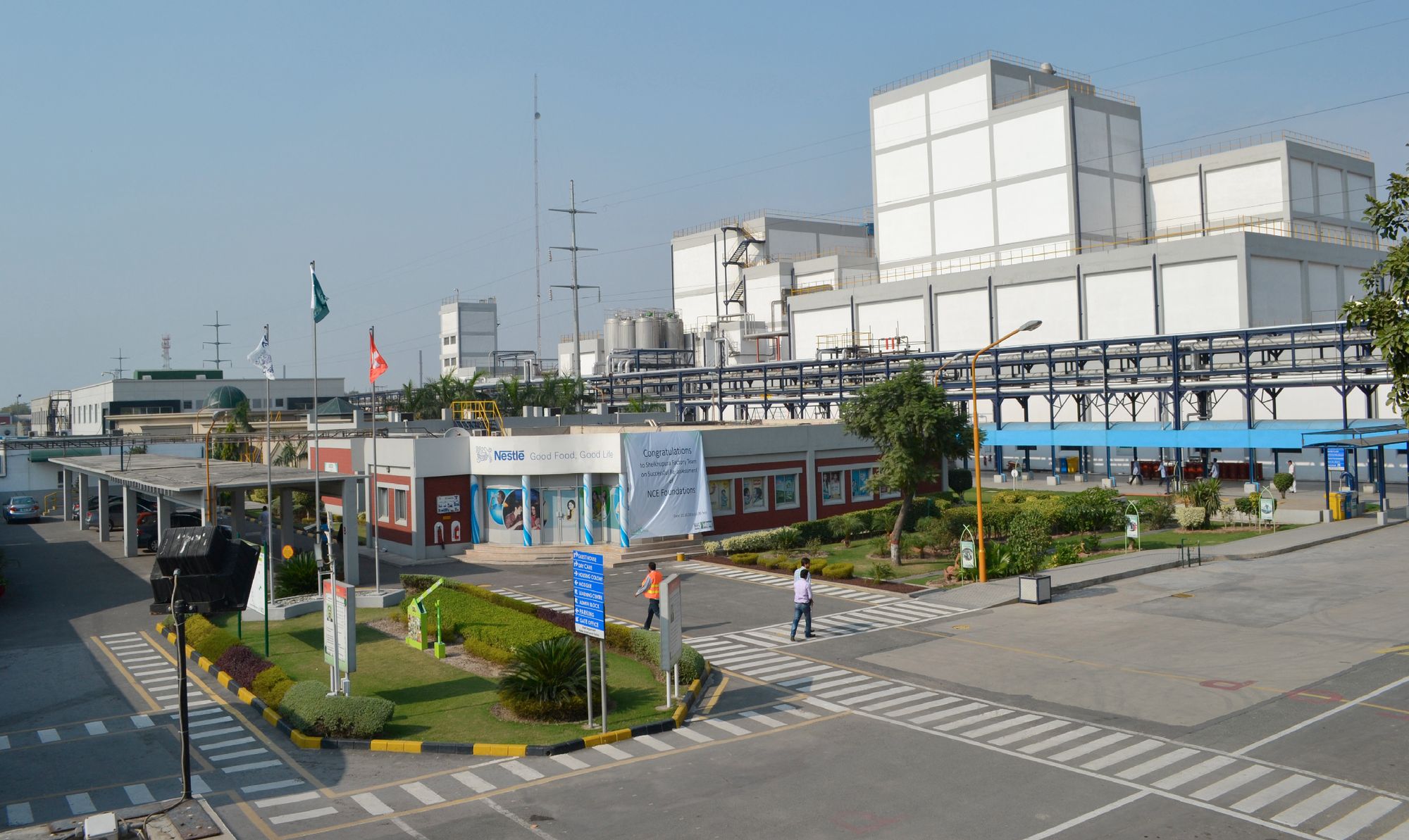
Nestlé Pakistan's Zero-Water Factory, SHEIKHUPURA:
Located in Sheikhupura, this factory is designed to operate without drawing water from the municipal supply. It utilizes rainwater harvesting and wastewater recycling to meet its water needs.
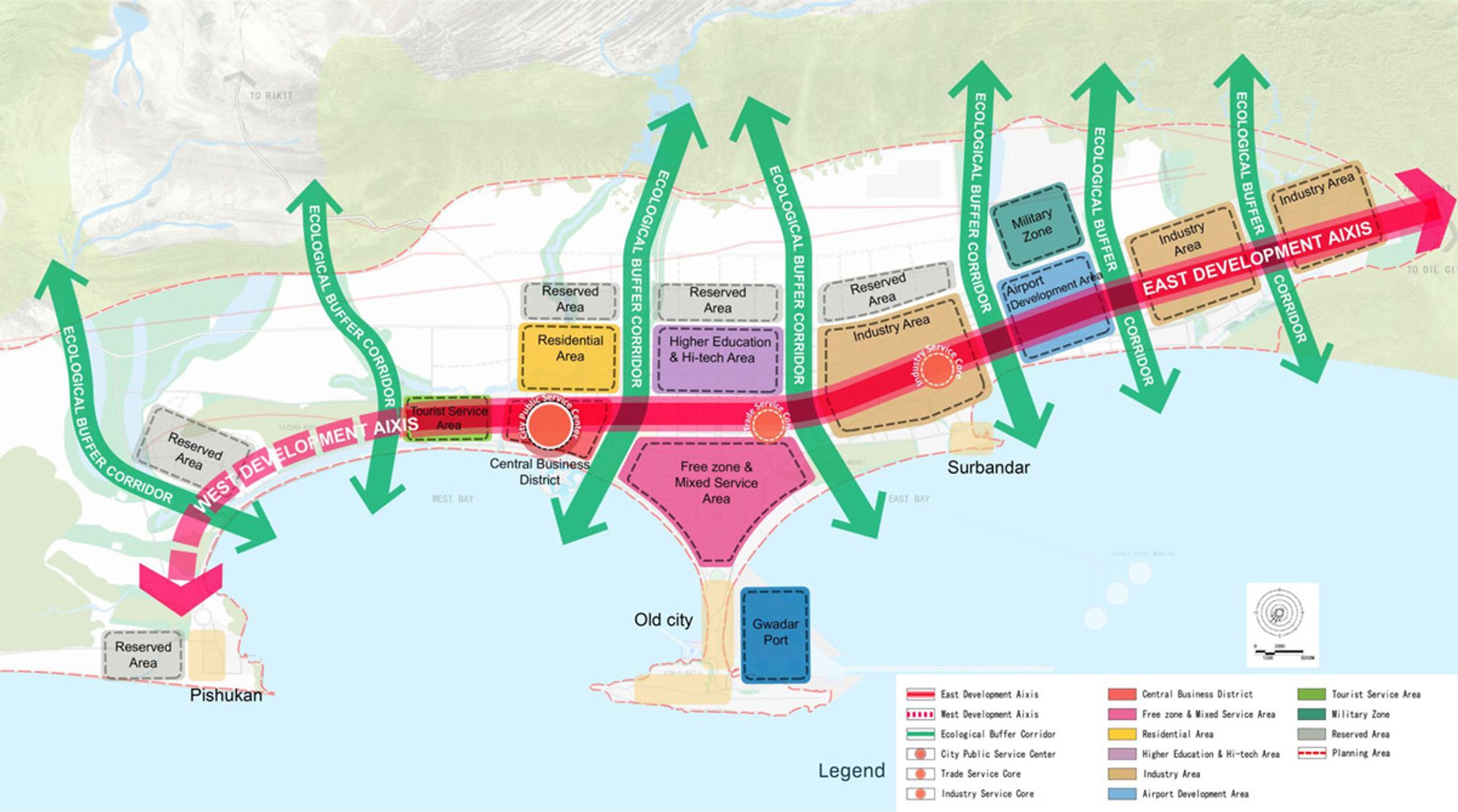
Gwadar Port Sustainable Master Plan:
Gwadar a key coastal city in Pakistan is poised for significant development. The sustainable master plan emphasizes eco-friendly infrastructure, renewable energy and efficient water management.
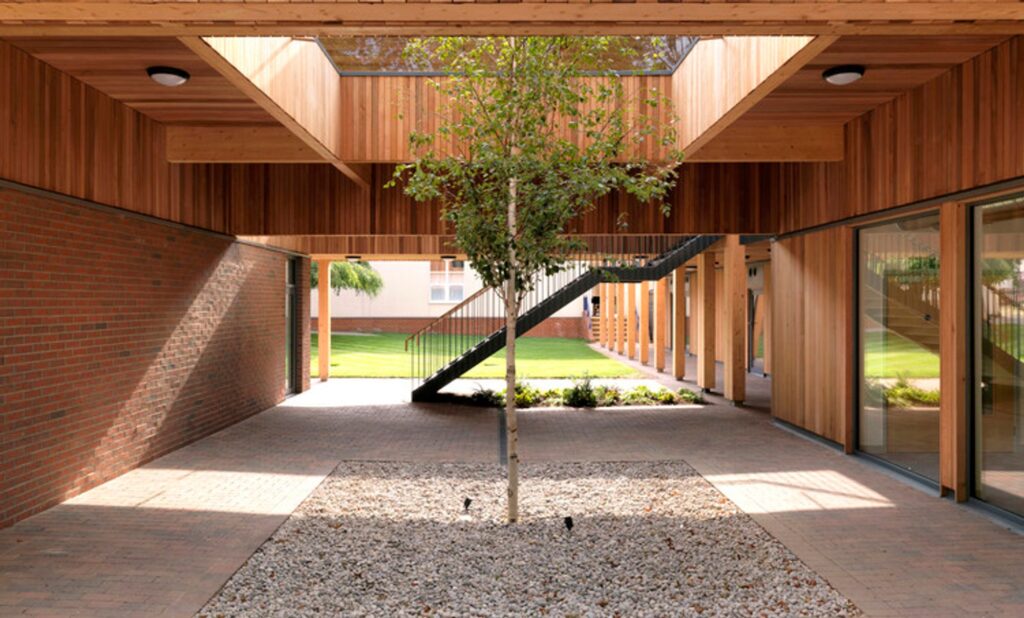
Sustainable resilient architecture is not a luxury but a necessity for Pakistan’s evolving urban landscape. It offers the path to mitigate environmental impacts, enhance disaster resilience, and create healthier, more livable cities. As architects, engineers, and policy makers come together to embrace these principles. Pakistan can look forward to a future where its buildings and communities stand strong and sustainable in the face of emerging challenges.
The journey towards the sustainable resilient architecture is not just a trend: it’s a commitment to safeguarding Pakistan’s future for generations to come.
